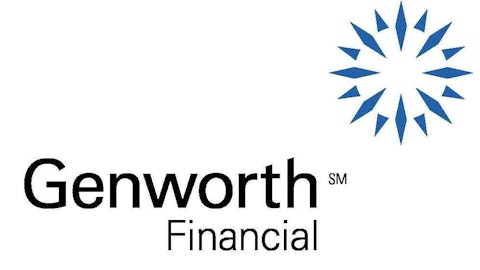
If you’d ask most shareholders, hedge funds are assumed to be unimportant, outdated investment vehicles of years past. While there are over 8000 funds trading today, we choose to focus on the top tier of this group, close to 450 funds. It is estimated that this group oversees the lion’s share of all hedge funds’ total capital, and by paying attention to their highest performing equity investments, we have deciphered a few investment strategies that have historically outperformed the broader indices. Our small-cap hedge fund strategy outperformed the S&P 500 index by 18 percentage points a year for a decade in our back tests, and since we’ve started sharing our picks with our subscribers at the end of August 2012, we have outclassed the S&P 500 index by 25 percentage points in 6.5 month (see all of our picks from August).
Equally as important, optimistic insider trading sentiment is another way to break down the financial markets. As the old adage goes: there are lots of motivations for an upper level exec to get rid of shares of his or her company, but only one, very simple reason why they would behave bullishly. Many academic studies have demonstrated the impressive potential of this tactic if “monkeys” understand where to look (learn more here).
Now, it’s important to take a peek at the key action encompassing Stanley Black & Decker, Inc. (NYSE:SWK).
How are hedge funds trading Stanley Black & Decker, Inc. (NYSE:SWK)?
In preparation for this year, a total of 24 of the hedge funds we track held long positions in this stock, a change of -4% from the third quarter. With hedge funds’ positions undergoing their usual ebb and flow, there exists a select group of key hedge fund managers who were boosting their stakes meaningfully.
According to our comprehensive database, Legg Mason Capital Management, managed by Bill Miller, holds the biggest position in Stanley Black & Decker, Inc. (NYSE:SWK). Legg Mason Capital Management has a $97 million position in the stock, comprising 1.7% of its 13F portfolio. Sitting at the No. 2 spot is John W. Rogers of Ariel Investments, with a $34 million position; 0.4% of its 13F portfolio is allocated to the company. Remaining peers that hold long positions include Frank Brosens’s Taconic Capital, Martin D. Sass’s MD Sass and D. E. Shaw’s D E Shaw.
Because Stanley Black & Decker, Inc. (NYSE:SWK) has witnessed bearish sentiment from hedge fund managers, it’s easy to see that there was a specific group of hedge funds who were dropping their full holdings at the end of the year. Intriguingly, Sean Cullinan’s Point State Capital dumped the biggest investment of the 450+ funds we monitor, totaling close to $23 million in stock., and Jeffrey Vinik of Vinik Asset Management was right behind this move, as the fund dumped about $15 million worth. These bearish behaviors are intriguing to say the least, as total hedge fund interest dropped by 1 funds at the end of the year.
How are insiders trading Stanley Black & Decker, Inc. (NYSE:SWK)?
Insider purchases made by high-level executives is most useful when the company in question has experienced transactions within the past six months. Over the last six-month time frame, Stanley Black & Decker, Inc. (NYSE:SWK) has seen 1 unique insiders buying, and 15 insider sales (see the details of insider trades here).
With the returns exhibited by Insider Monkey’s time-tested strategies, retail investors must always watch hedge fund and insider trading sentiment, and Stanley Black & Decker, Inc. (NYSE:SWK) applies perfectly to this mantra.
Click here to learn more about Insider Monkey’s Hedge Fund Newsletter
Insider Monkey’s small-cap strategy returned 29.2% between September 2012 and February 2013 versus 8.7% for the S&P 500 index. Try it now by clicking the link above.





